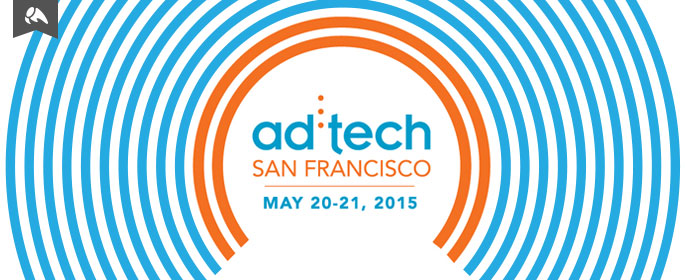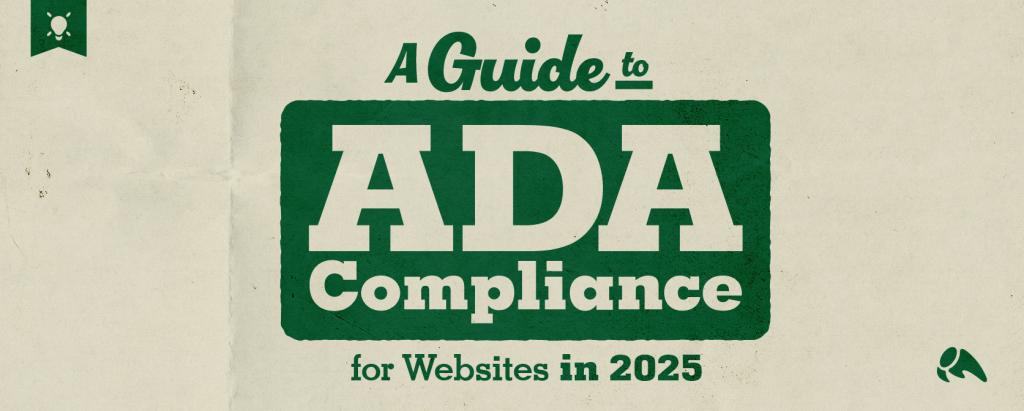
MORE DATA! Your boss asks for data. Clients ask for data (but then ignore it). And everyone is talking about data. So let’s learn more about it. Leading the conversation today are Alex Craddock (Blackrock), Mark Donatelli (OgilvyAmp), Michael Moore (Qosmy) and Steve DeAngelis (M&C Saatchi Mobile).
Things are happening faster than any marketer can keep up with. There are more vendors in this space than marketers can learn about. It’s creating pockets of data – sales people have their data, SEOs have their data, etc. It’s inefficient. The idea that you have all of this crap data that’s been acquired by different departments and different initiatives – at some point, crap can be thought of as fertilizer. You can extract value from crap. You can compost it and turn it into something. (This conversation has taken an odd turn and shows no signs of coming back around.)
Up first is Alex. Save us Alex.
He says he’s been in marketing for way too long. He joined Blackrock five months ago from VISA. He’s been in very data-intensive businesses. Sometimes in the marketing function, data isn’t at the forefront as it sometimes should be. Data is difficult to access. It’s difficult to glean access. His mantra is that we have to be passionate about data as marketers. What we do now is argue-science. For us to do our jobs effectively, we have to find a way to make it work. It’s an exciting time to be in marketing because we all have this data to let us do amazing things. Marketing can continue to be this driving force in the business to tidy up the mess.
Steve goes next. He oversees strategic relationships for all US clients. He wants to stress that from his perspective we are increasingly seeing clients come up and ask for advice on what to do with data – how to set it up. That’s a complex question. It has to involve many departments within an organization. We recommend ideal scenarios – this is the data we want, this is how we’d use it. And then we follow it up with a pragmatic approach – what do we have available and how can we use it? It’s not always the best data but they try to go as far as they can to get to the business goal. You have to do what you have to do with what’s available. Any data is usually usually insightful in terms of directionally. There’s so much data it can be overwhelming and have a lot of noise. In an ideal scenario, you’d be very selective with that data.
Michael is up. They’re working on providing visibility in customer service experiences. At Microsoft he found there was a big disconnect in what departments were doing with data. He’s going to show us a way to take data and to create relationships between it. Graph databases allow you to capture data and preserve the relationships between data. Data should reflect the complexity of behaviors in a high-fidelity way. He shows an example of a graph database, and how it allows you to see affinities and relationships. I have to admit, it looks pretty badass. He’s using Neo4j. He says its not complicated, but it looks a little complicated.
Mark says all the lines on the graph database are connections. When looking at data and all the data silos, some are loosely linked. We know that billing software vs warehouse software, all these companies have different systems. There’s usually some persistence or a key that tries to link these things. In the event that those things are missing, how dependent are you on having a link?
Michael: There’s usually a link. What you can do with the graph data base is say fine, i’ll download it on my server and then you inflate the graph to create a relationship. You can bring together silos of data as long as you have a key. It’s quick, fast and intuitive.
Mark: In looking for data, you may not know what data is relevant until you put it somewhere and start to explore it. Is there a certain amount of time that you should spend in exploration? How do you know what data to use?
Steve: This is a fundamental problem for most organizations. You have to be able to link up this information in order to act upon it. You want to understand the behavior that leads up to a sale to determine if they’ll buy again. You need to have an upfront conversation about what are the KPIs and how will we link it all up? The idea way is to apply an analytics engine or an algorithm to help you find these correlations people might overlook. You need to be comparing apples to apples to find a common metric that you can unify in some way.
Mark: We use the term “in a vacuum” a lot. It’s always a great case when you have a green field with a client and you can put together a strategy to link the data. But you’re up against time schedules, budgets, etc. From the business perspective, when is it “good enough?”
Alex: From a marketing perspective, we have to go in with a question we’re trying to answer, or a hypothesis we’re trying to prove or disprove. Its when you get close to that or you get to that, that you say it’s “enough.” It’s never going to be perfect, but you’re apt to find something that is more right than wrong.
Michael: Trust your gut instincts. The data is just a shadow. Sometimes you can have more data that tells you less. Don’t lose sight, as an analyst, of how you know people behave.
Mark: People are aspirational. Facebook isn’t your real life. It’s what you want people to think your life is. When thinking about the marketable universe of your product, there’s some analytics around that, as well. Use that to limit your data appetite.
Steve: Start from a hypothesis. Part of his job is to make sure the client understands the risk. Use common sense and make sure you’re getting input from the right people. An algorithm treats all data the same, it doesn’t recognize good data vs bad data.
Do media agencies have software that helps media buying?
Steve: They’re technologically agnostic. Every business has different needs and different realities. They go through an RFP process. Its a long process but its a big deal. You want to make sure you are investing in a technology partner than can meet your business needs.
Mark: We have proprietary things that we do.
Alex: Trying to find one piece of software to do everything is difficult. Find the right piece of software for the right need and then trying to bridge them the best you can.
Michael says to look into hosted solutions, especially if you’re a smaller business or just getting started.
[Want more from #adtechSF? We don’t blame you–find all the ad:tech San Francisco coverage you can handle right here.]







